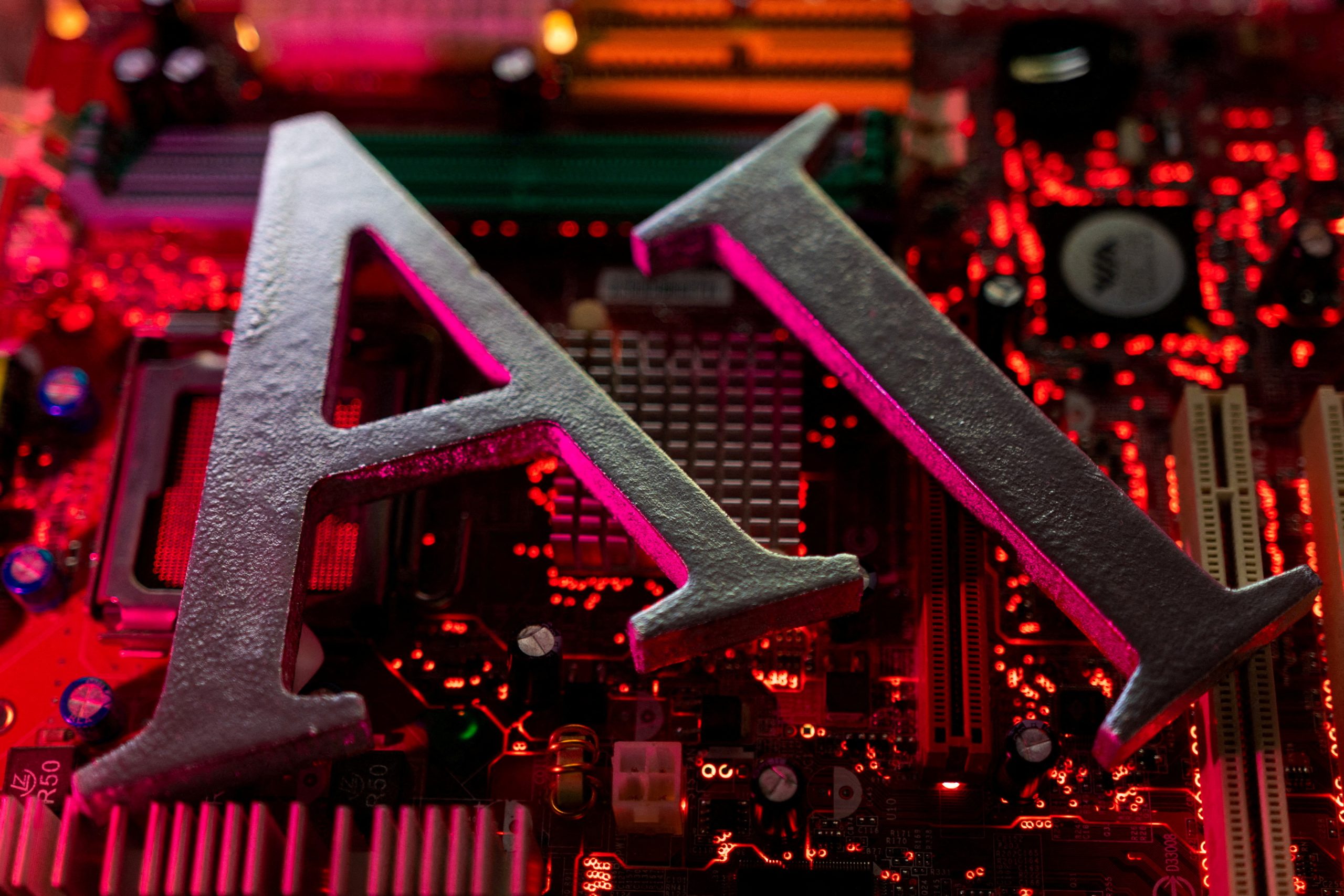Intel’s High-Volume EUV Production at Irish Plant: A Landmark Achievement
Intel, the renowned chipmaker, has recently announced a significant milestone in its journey to regain its leadership position in the industry. The company has commenced high-volume production using extreme ultraviolet (EUV) lithography machines at its state-of-the-art $18.5 billion plant located in Ireland. This development marks a “landmark” moment for Intel as it aims to surpass its competitors and reinforce its position as a leading chip manufacturer. In this article, we will delve into the details of Intel’s EUV production and its strategic implications for the company.
Intel’s Ambitious Technological Vision
Once at the forefront of chip manufacturing, Intel temporarily lost its leading position to Taiwan Semiconductor Manufacturing Co (TSMC). However, Intel is determined to reclaim its dominance by leveraging cutting-edge manufacturing technology that rivals the best offerings from its Taiwanese counterpart. Intel’s ambitious goal is to deliver five generations of technology within a span of just four years, a feat that requires exceptional precision and efficiency.
The Role of EUV Lithography in Intel’s Roadmap
To achieve its technological milestones, Intel has turned to EUV lithography, a highly advanced manufacturing technique. EUV tools offer unparalleled precision, capable of hitting a target as small as a person’s thumb with a laser pointer from the moon. These tools play a crucial role in Intel’s objective of delivering five generations of technology within the specified timeframe.
Progress and Expansion at the Irish Plant
The Irish plant, situated in Leixlip, is Intel’s first high-volume location for its Intel 4 manufacturing process, which incorporates EUV technology. This facility will be responsible for producing Intel’s upcoming “Meteor Lake” chip for laptops, paving the way for AI-powered PCs. The plant boasts seven EUV machines manufactured by ASML, each costing around $150 million. These machines are colossal, comparable in size to a bus, and contribute to Intel’s high-volume production capacity.
Intel’s Manufacturing Milestones
Intel’s General Manager of Technology Development, Ann Kelleher, affirms that the company is on track to achieve its technological targets. As of now, two manufacturing processes have been completed, with a third process rapidly approaching completion. The final two processes are making substantial progress, indicating the company’s commitment to meeting its ambitious goals.
The Next-Generation Extreme Ultraviolet Lithography Machine
Intel has exciting plans for the future, including the acquisition of the High-NA EUV, the next-generation extreme ultraviolet lithography machine. The company expects to receive this cutting-edge tool in Oregon later this year. Notably, Intel will be the first chipmaker to obtain the High-NA EUV machine, further solidifying its commitment to pushing the boundaries of technological innovation.
Intel’s Global Expansion Strategy
In addition to its Irish plant, Intel envisions expanding its manufacturing capacity globally. The company plans to construct a substantial chip complex in Germany and establish a semiconductor assembly and test facility in Poland. These expansion efforts align with the European Union’s goal of reducing dependence on U.S. and Asian supply chains, thereby fostering greater self-sufficiency and technological sovereignty within the region.
Positive Implications for Europe
At the inauguration of the Irish plant, Intel’s CEO, Pat Gelsinger, hailed it as the “best day for Europe.” The commencement of high-volume EUV production not only marks a significant achievement for Intel but also brings substantial benefits to the European tech industry. The establishment of advanced chip manufacturing facilities within Europe contributes to job creation, economic growth, and the region’s overall technological advancement.
Conclusion
Intel’s initiation of high-volume EUV production at its Irish plant represents a remarkable milestone in the company’s journey to reclaim its leading position in the chip manufacturing industry. By leveraging cutting-edge technology and strategic global expansion, Intel aims to surpass its rivals and redefine the standards of chip production. As Intel continues to make impressive progress on its ambitious roadmap, the future looks promising for the company and the European tech sector as a whole.



